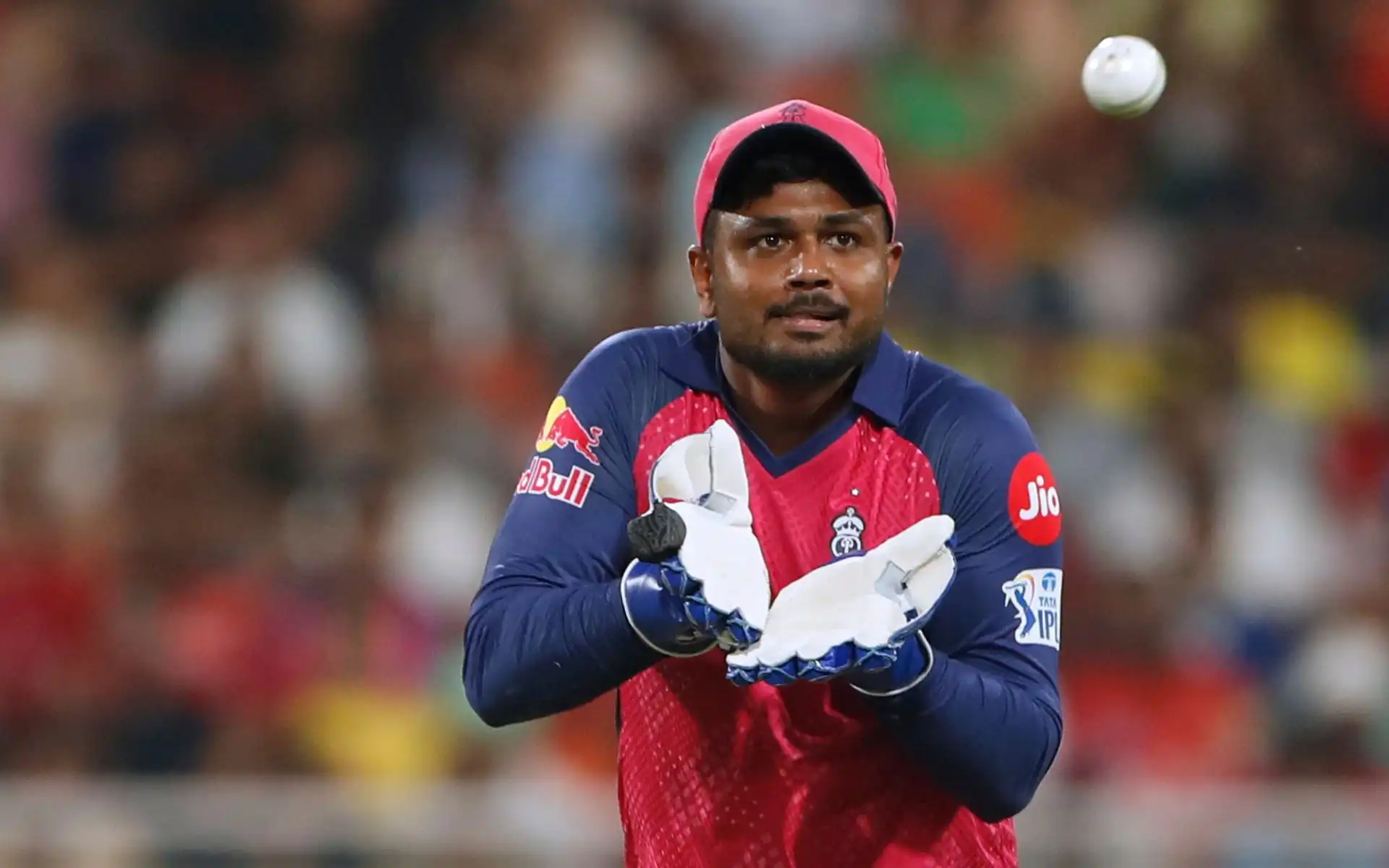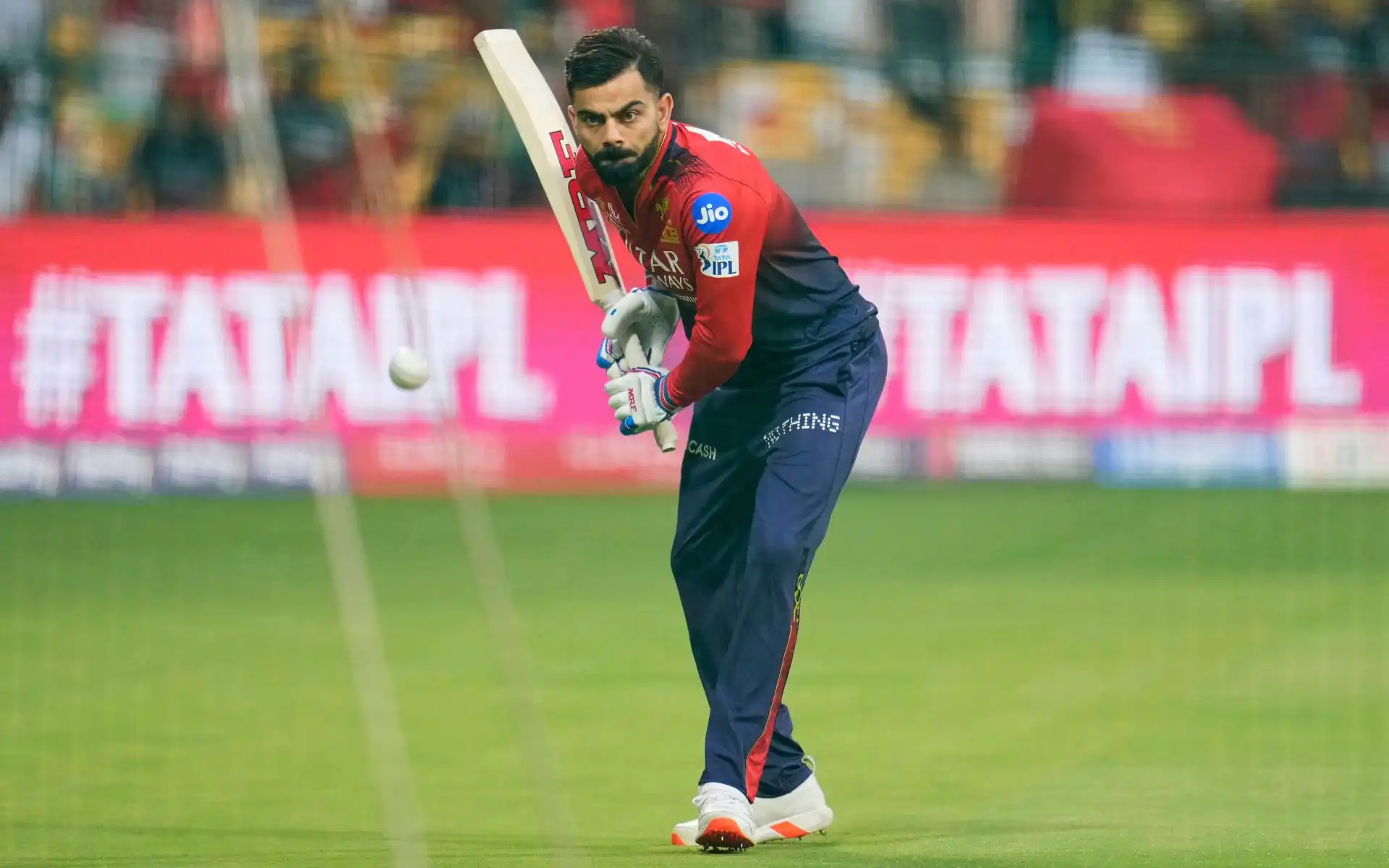![Yash Thakur No Ball [Source: @Tsportslovers/x.com]](https://onecricketnews.akamaized.net/parth-editor/oc-dashboard/news-images-prod/1744493116818_yash_thakur.jpg?type=hq) Yash Thakur No Ball [Source: @Tsportslovers/x.com]
Yash Thakur No Ball [Source: @Tsportslovers/x.com]
In T20 cricket, matches often hinge on split-second moments that can dramatically alter the course of the game. During the IPL 2025 clash between Sunrisers Hyderabad and Punjab Kings on April 12, 2025, one such pivotal moment occurred in the fourth over of SRH's chase when Yash Thakur overstepped while dismissing Abhishek Sharma. This single no-ball proved to be possibly the most expensive mistake of the tournament and completely changed the trajectory of the match.
The Fateful Moment
With SRH at 50/0 after 3.3 overs chasing PBKS's imposing 245, Yash Thakur seemed to have struck gold when Abhishek Sharma miscued a pull shot and was caught in the deep. The celebrations were short-lived as the umpire's extended arm signaled a no-ball. Not only did this reprieve give Abhishek a second life, but it also resulted in a free hit on the following delivery, which he duly dispatched for a massive six.
4th Over Sequence:
- Ball 1: Dot ball (0 runs)
- Ball 2: Boundary (4 runs)
- Ball 3: Six (6 runs)
- Ball 4: NO-BALL - Abhishek caught but survives
- Ball 5: FREE HIT - Six (6 runs)
- Ball 6-9: 3 more runs
What should have been a wicket instead resulted in 9 runs from the remainder of the over. SRH reached 60/0 by the end of the fourth over, firmly in control of the chase.
The Abhishek Sharma Transformation
Before and After the No-Ball
| Metric | Before No-Ball | After No-Ball | Overall |
| Runs | 35 | 106 | 141 |
| Balls | 12 | 47 | 59 |
| Strike Rate | 291.67 | 225.53 | 238.98 |
| Boundaries (4s/6s) | 5/2 | 9/8 | 14/10 |
While Abhishek was already batting aggressively before the no-ball (strike rate of 291.67), the second life galvanized him further. He went on to score 106 more runs off 47 balls after the reprieve, including 9 fours and 8 sixes. This no-ball essentially gifted SRH an extra 106 runs that could have been prevented had the delivery been legal.
The Match Impact Analysis
While Abhishek Sharma's 141 runs accounted for 57.09% of SRH's total score of a winning 247, we need to consider the no-ball's impact with more nuance than simply subtracting his post-reprieve runs from the total.
Realistic Impact Assessment
Had Abhishek been dismissed at that point (SRH 50/0 in 3.3 overs), the match dynamics would have shifted significantly:
- Batting lineup depth: SRH's powerful middle order featuring Heinrich Klaasen (who scored 21 off 14 balls) and Ishan Kishan (9 off 6) would have come in earlier.
- Travis Head factor: Head, who scored 66 runs, was already set at the crease and would likely have taken on more responsibility.
- Run rate implications: At the time of the no-ball, SRH were scoring at 15.14 runs per over - a pace that put them ahead of the required rate.
However, cricket history shows that early wickets in a high chase often create pressure that compounds through an innings. The psychological impact of removing the opener who had already raced to 35 off 12 balls could have significantly altered the trajectory of the chase.
![Win Probability fluctuation during the match [Source: OneCricket]](https://onecricketnews.akamaized.net/parth-editor/oc-dashboard/news-images-prod/1744492941773_win_probability.jpg?type=mq) Win Probability fluctuation during the match [Source: OneCricket]
Win Probability fluctuation during the match [Source: OneCricket]
A reasonable projection might see SRH still posting a competitive total between 200-220, but likely falling short of the mammoth 245 target, especially considering the pressure of losing a set batter during a crucial powerplay phase.
Yash Thakur's Expensive Spell
Yash Thakur's economy rate of 16.00 proved extremely costly in a high-scoring match, and the no-ball that reprieved Abhishek represented not just the loss of a wicket but a significant momentum shift at a crucial stage of the innings.
The Butterfly Effect
The no-ball's impact extended beyond just the runs Abhishek scored afterward. It created a psychological advantage for SRH, putting additional pressure on PBKS bowlers. This pressure was compounded when Lockie Ferguson suffered a hamstring injury in the sixth over, forcing PBKS to scramble their bowling plans further.
When we consider that SRH eventually won by 8 wickets with five balls to spare, it becomes clear that without Abhishek's additional 106 runs after the no-ball, PBKS would likely have won comfortably.
Conclusion: Margins Matter in T20 Cricket
This match exemplifies how thin the margins are in T20 cricket. A single overstepped boundary by a few centimeters dramatically altered the match trajectory at a critical juncture. While critics pointed to Shreyas Iyer's captaincy decisions or Lockie Ferguson's injury as factors in PBKS's defeat, Yash Thakur's no-ball stands out as a pivotal turning point.
The true impact of the no-ball extends beyond just Abhishek's additional runs. It shifted momentum, boosted SRH's confidence, and prevented PBKS from applying pressure during the crucial powerplay phase. The psychological advantage gained from this reprieve likely influenced how subsequent batters approached their innings, contributing to SRH's commanding performance throughout the chase.
In the high-pressure environment of the IPL, such costly mistakes often create ripple effects that influence multiple aspects of the game. For PBKS, this no-ball will likely be remembered as a key moment that significantly diminished their chances of defending a formidable total.
.jpg)




